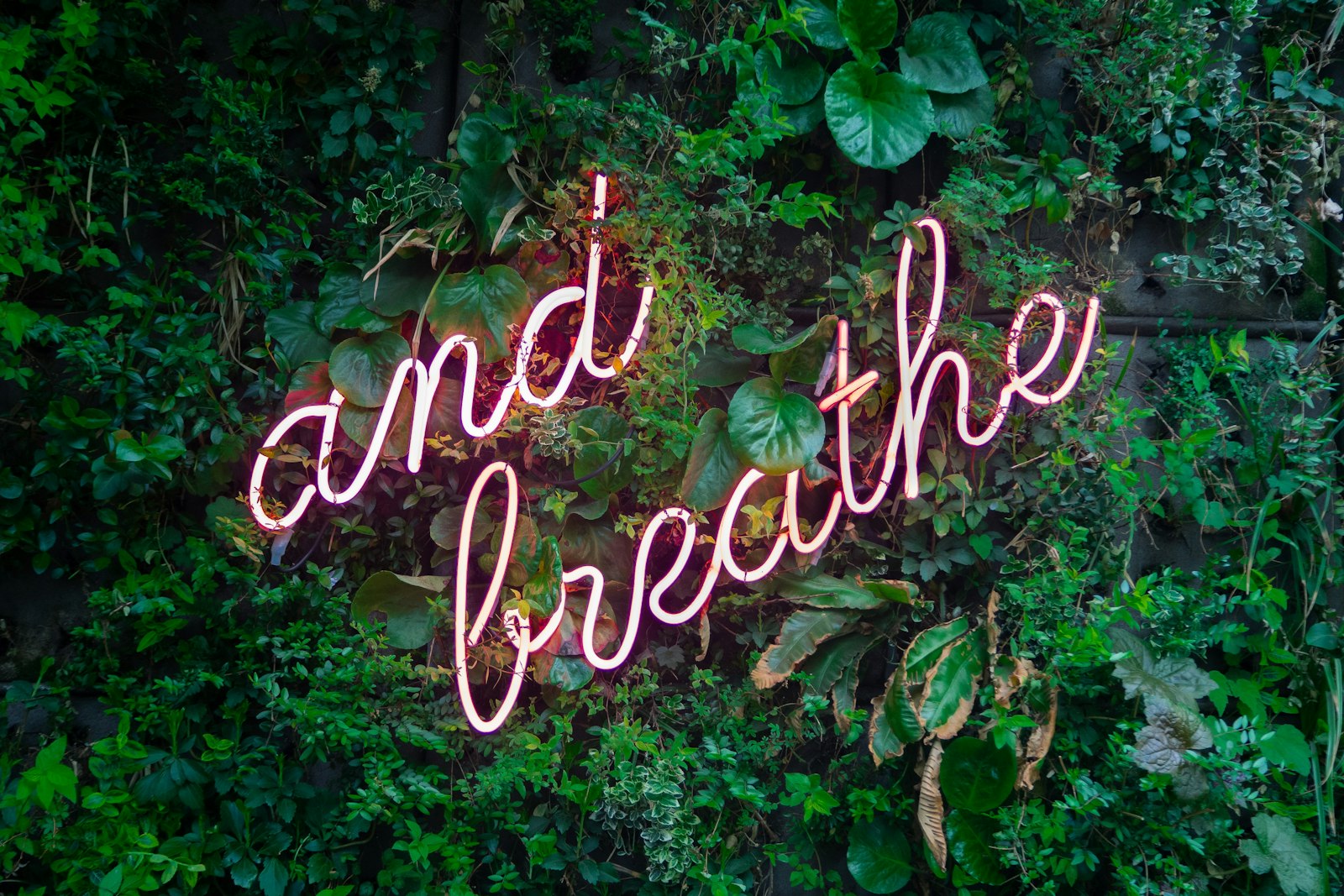Lately I’ve been struggling with my ADHD when it comes to my weaving. I’ve got a present planned out for a friend’s baby, and while I have all the pieces woven, it’s been increasingly difficult to find the mental energy to put it all together and finish the thing already. It’s not that I don’t have the time (it really won’t take long); it’s that sometimes even simple tasks—tasks I would normally enjoy, such as joining pin-loom squares—can seem overwhelming and mentally exhausting.
My friend’s baby shower is in early October, and the baby is due to come in late November—and my oldest child has politely asked for me to weave him a rainbow pillow—so I am very much approaching a deadline. In other words, I needed to overcome my executive dysfunction. I’m quite certain that I’m not the only weaver, neurodivergent or not, who would much rather move on to the next project than finish up my current one, so here’s how I work with my brain to get motivated about a specific task that seems insurmountable.
First, I realize my biggest problem—out of sight, out of mind: While cleaning, I put the pin-loom pieces in a drawer. To my brain, with its lack of object permanence, the squares might as well be at the bottom of the Marianas Trench. When I do think about them, it’s usually times when I’m overwhelmingly busy, which is not conducive to breaking the cycle of procrastination. Solution: The squares and joining supplies now sit on my desk organizer so I can easily grab them whenever I have a meeting.
Next, I took all the pieces and laid them in front of me along with the instructions for my project. I then broke it all into easy-to-digest steps. Just seeing a pile of squares and knowing I had to turn them into a cohesive item that was more than just a flat rectangle gave me anxiety. Understanding the steps and how easy they are individually helped turn my thoughts from “Oh my, this is too overwhelming!” to “Oh goodness, this is easier than I thought!”
Finally—and this was the hardest step—I gave myself a tiny goal of joining 4 squares per day and followed through. Getting over the initial mental hurdle is the hardest part. I realize that joining 4 squares may not sound that hard, but when my ADHD brain decides it doesn’t want to do something, the something it doesn’t want to do isn’t always logical. Often the tasks I put off the most end up being almost so simple it’s silly.
After taking the time to reframe this project in my mind—and in my physical space by making it more visible—I am no longer overwhelmed. In fact, I will hopefully have it finished by this time next week with plenty of time to spare before the baby shower.
Sometimes life gets busy and stressful, and even the smallest of tasks can seem overwhelming—you don’t need to be neurodivergent to feel this way, either. It’s important to remember to take a breath, take a step back, and then take it all step-by-step. If you’ve similarly got an unfinished project, be it unhemmed towels or a scarf with fringe that remains untwisted, I hope this helps get you on your way to a finished piece.
Happy Weaving,
Christina

